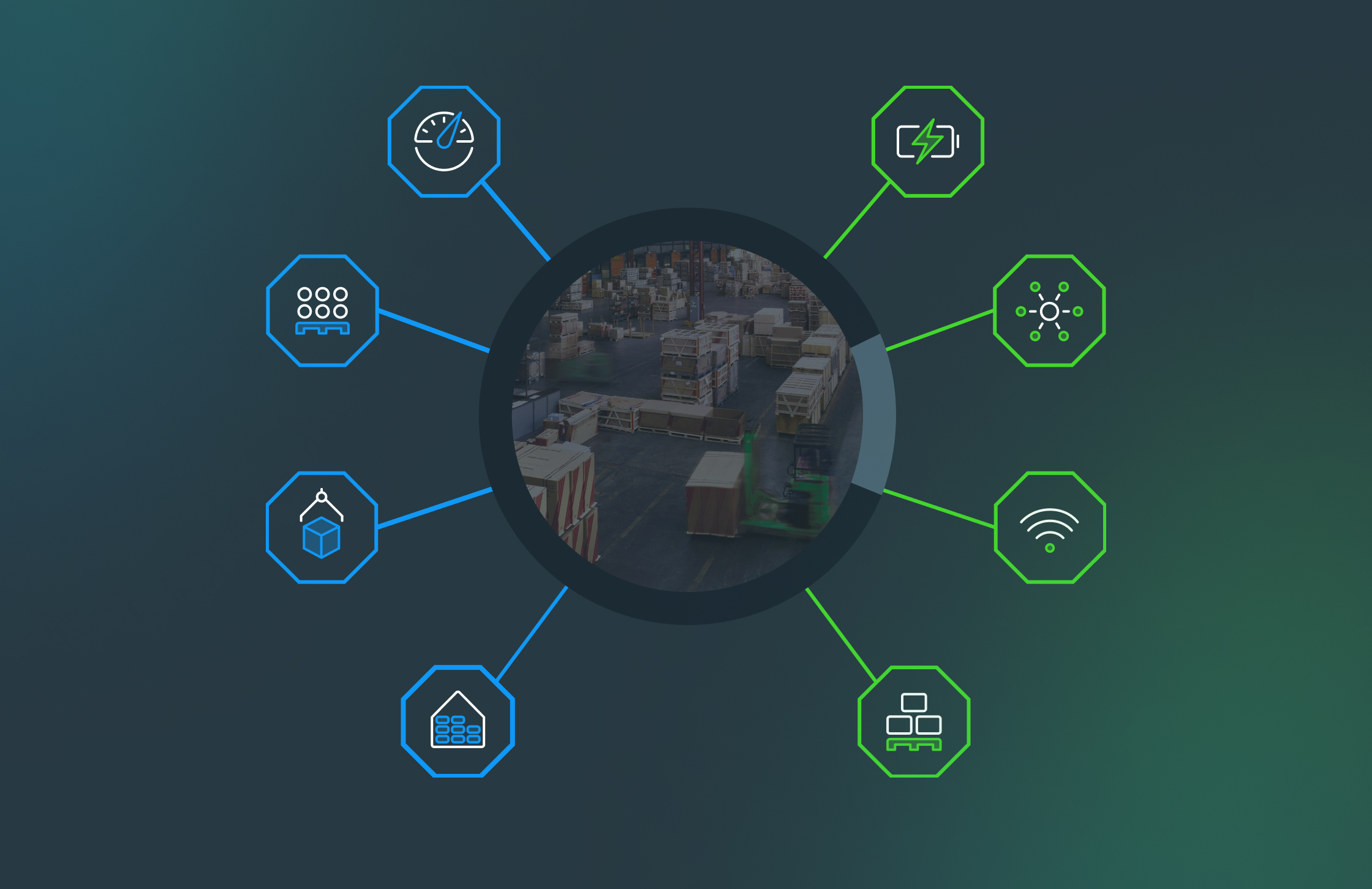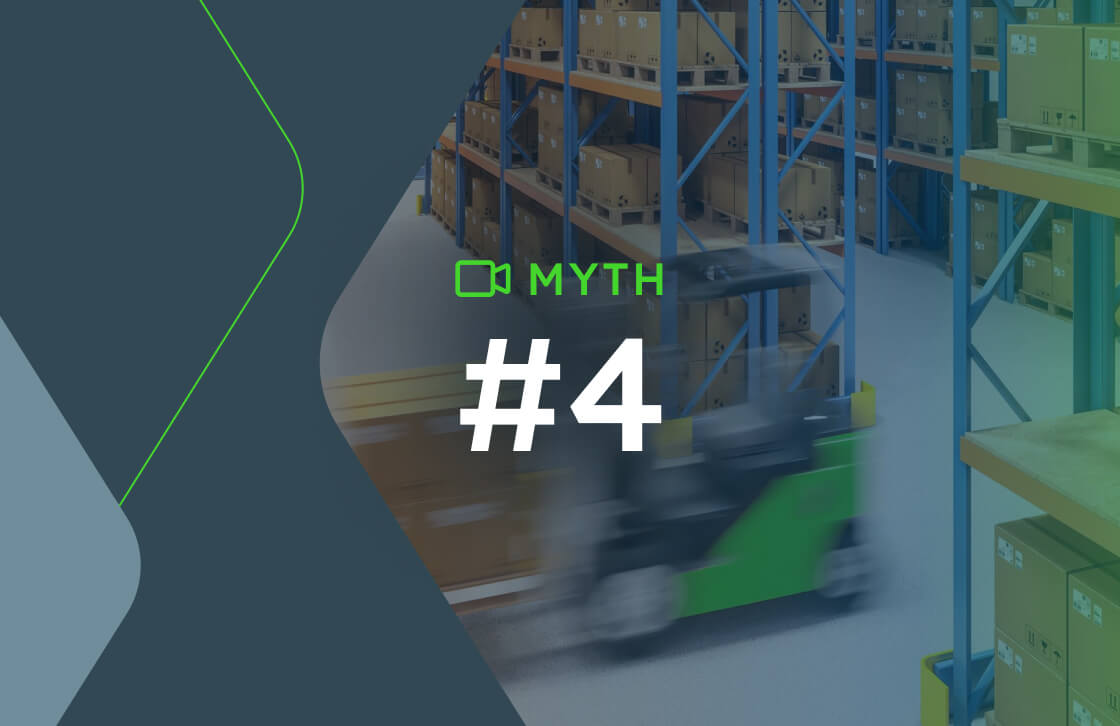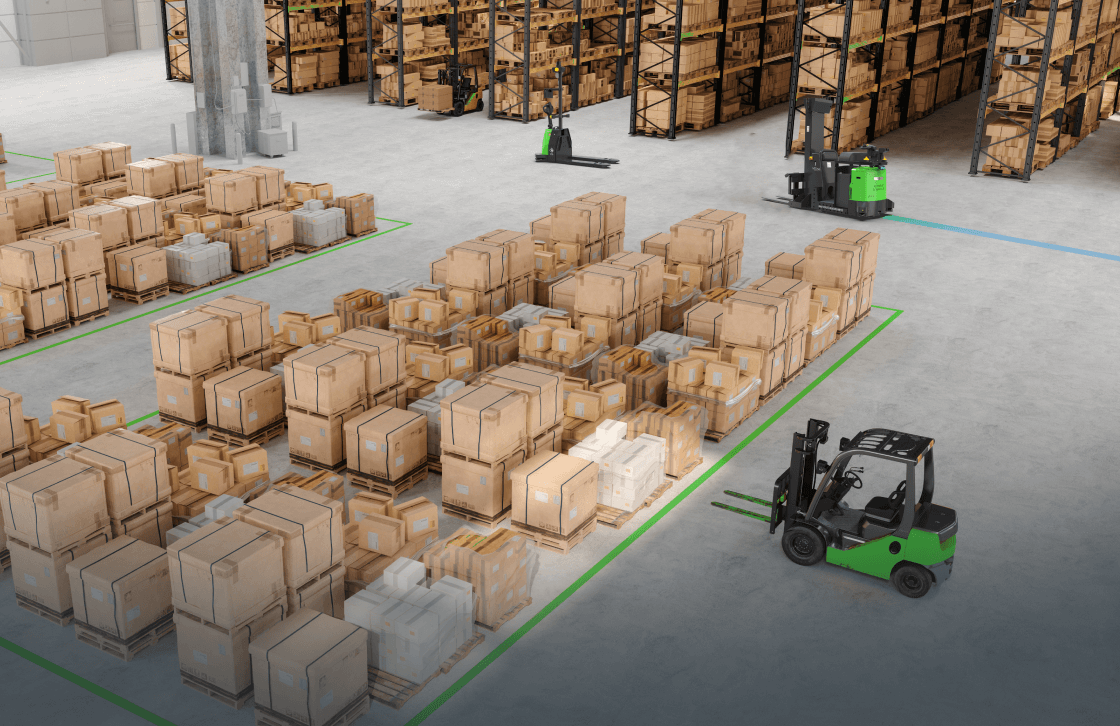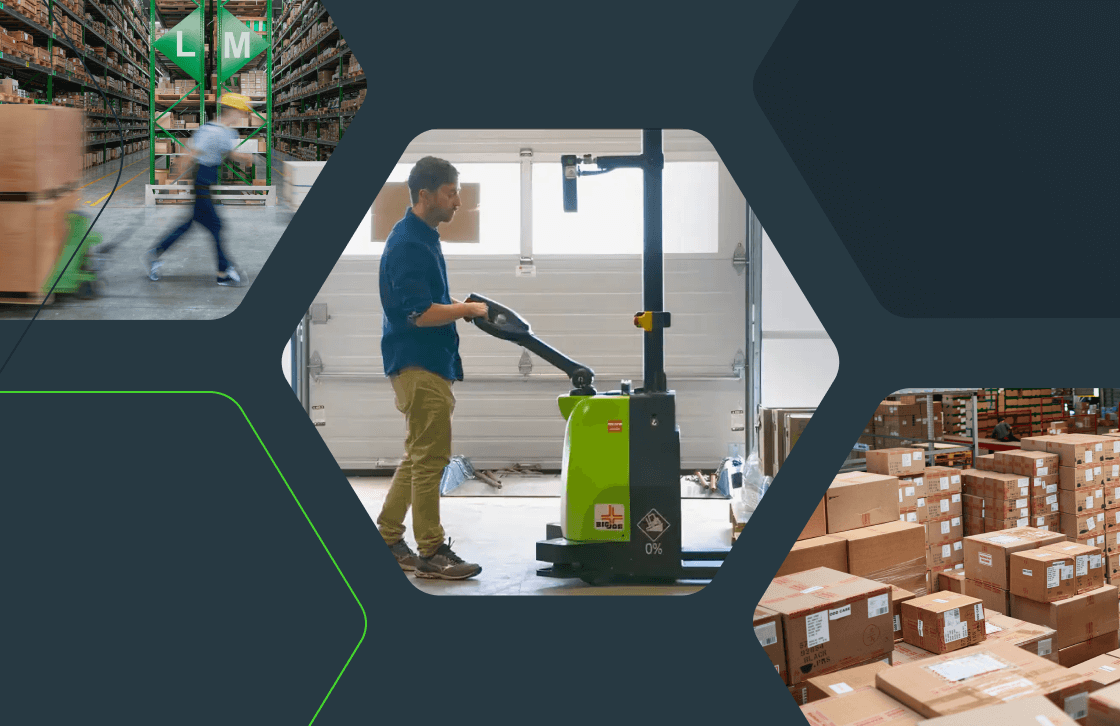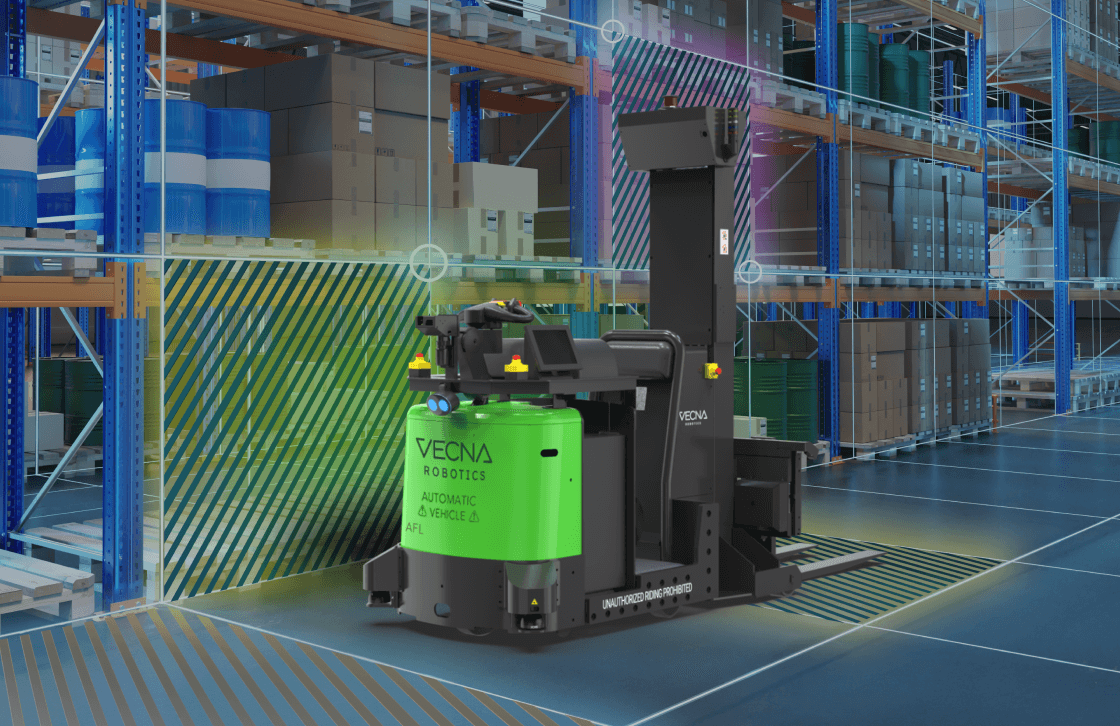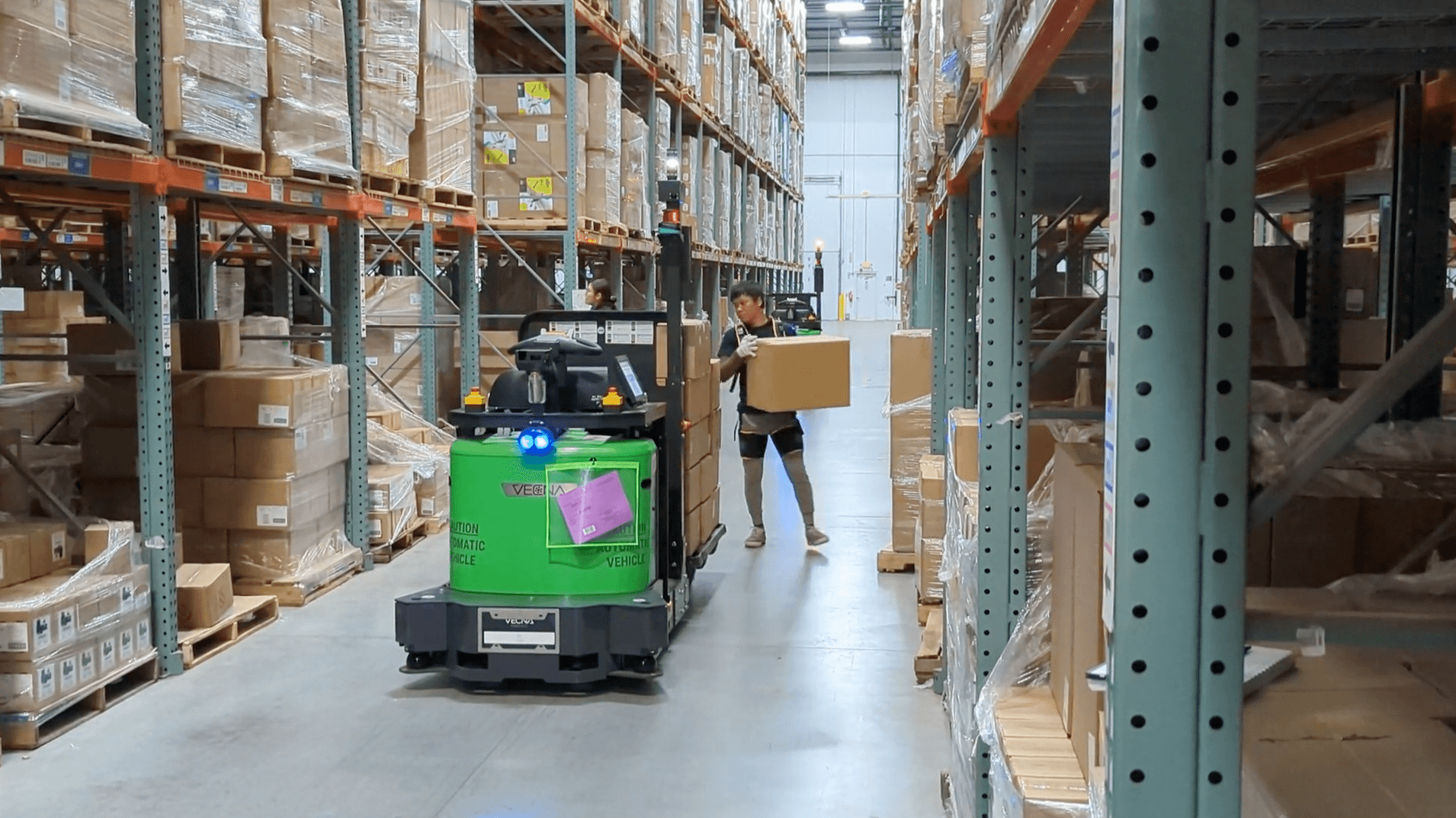Rise of the Machines – Why Robotics is Taking Over the Manufacturing Supply Chain
Rise of the Machines – The use of robotics in the manufacturing supply chain began back in 1961, when GM installed the World’s first industrial robot on a production line. Granted, that first robotic installation was nothing compared to The Terminator or Wall-E, but what it lacked in Hollywood appeal, it made up for in its ability to transform the way things are made. In the manufacturing environment of today, robotics are now playing a significant role, taking on jobs beyond assembly and helping to drive efficiency, consistency, and productivity across the supply chain.
In the IDC FutureScape: Worldwide Manufacturing Supply Chain 2015 Predictions, IDC Manufacturing Insights predicted that by 2017, “80% of manufacturers will be re-evaluating the applicability of robotics and logistics automation technology within their warehousing networks”. Based on the reported increased adoption levels of robotics and automation our forecast appears to have been very much on target.
To understand the possibilities and application of robotics in the supply chain, we must consider a few key areas that are helping to drive an increase in robotic installations:
• Technological Advancements
• Cost Elements
• Evolving Market Demands
• Facility Modernization Initiatives
The factors listed above, among others, are helping to drive growth in the acceptance and increased implementations of robotics in the manufacturing supply chain. The technology element should be clear, we continue to generate innovative ways of doing things, which results in a continuous state of change. This effect is creating new applications of robotics and increasing the viability and performance of robotics within existing applications. What may not be quite clear, is that robotics technology improvement applies not just to the mechanical (robot) component, but also the underlying software and systems required to operate robotics. Furthermore, the connected nature of robotics lends it to enhancement through big data and analytics. As robotics solutions continue to evolve, the applicability and acceptance of robotics will continue to increase as well.
As there are multiple elements of robotics relative to technology improvements, there are also multiple cost elements to be considered. One such cost element is the rising cost of human labor in the manufacturing environment. Organizations will seek to replace human labor costs when the cost of implementing robotics becomes either more cost effective, or when the productivity increase of robotics outweighs any cost increase. That said, the acquisition costs, implementation costs, and service/maintenance costs of robotics is decreasing bringing trade off between human labor and robotics to a point where it is becoming more cost-effective to implement robotics. Keep in mind that this transition to robotics in the manufacturing supply chain is not meant to replace all human labor, in fact it will ultimately require a new set of skills thus creating new jobs tailored to the robotics enabled environment.
Finally, the pace of change in today’s environment is far more rapid than it has ever been, driven largely by a more connected consumer that is constantly seeking out the latest and greatest products. This is having a significant impact on manufacturing supply chains as they must evolve in order to keep up with the changing demands of the consumer. To keep up with this, manufacturing firms are modernizing their facilities in order to more rapidly respond to a changing environment. They must ensure that the tooling and skills are in place to be able to quickly update existing products and introduce new products. A significant part of the modernization effort must be to outfit facilities with robotics that are capable of adapting to change not by re-training and education, but by re-programming and tooling modifications.

